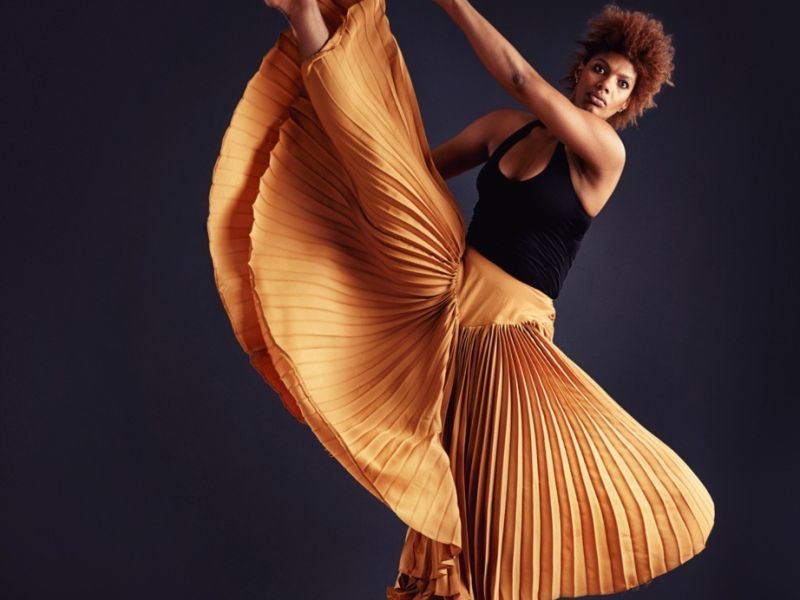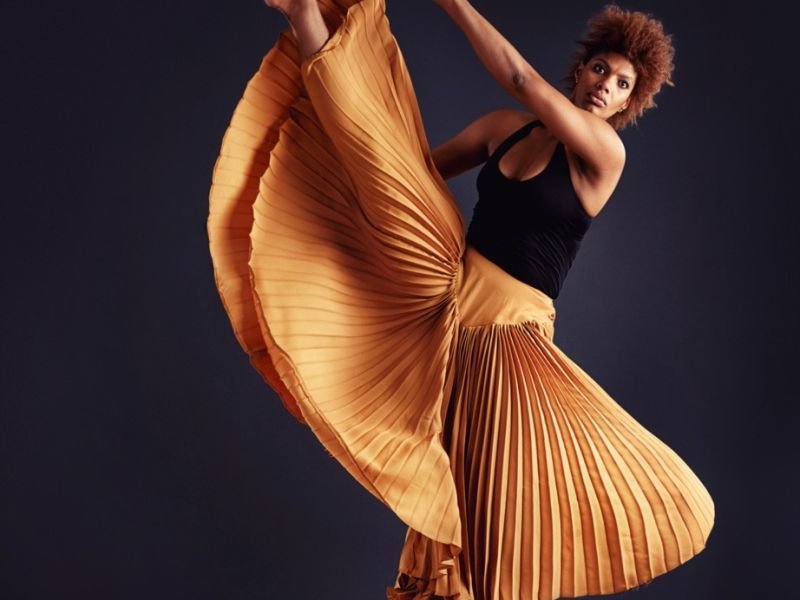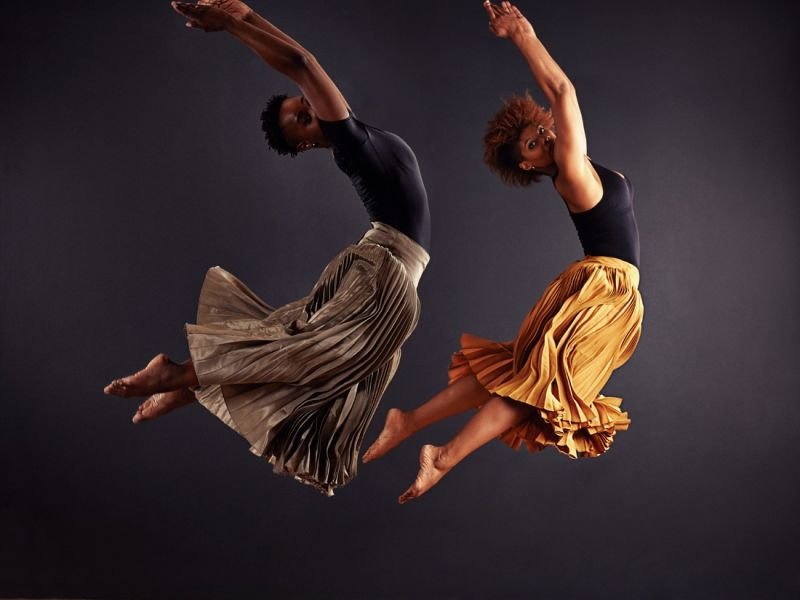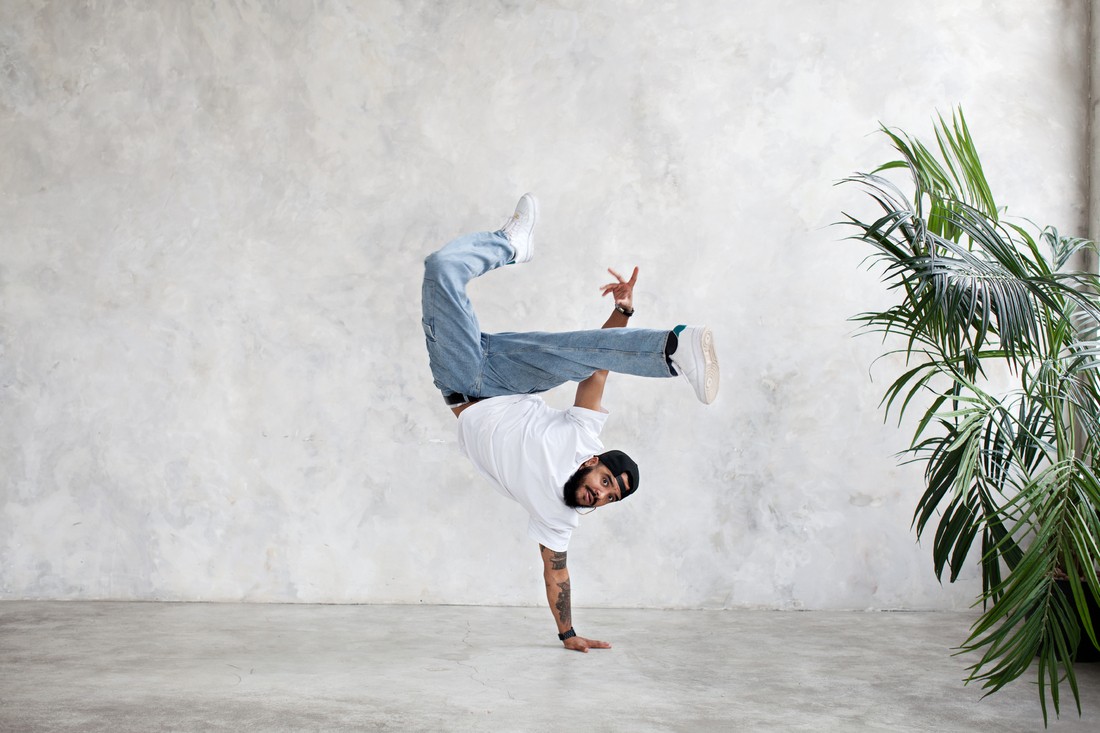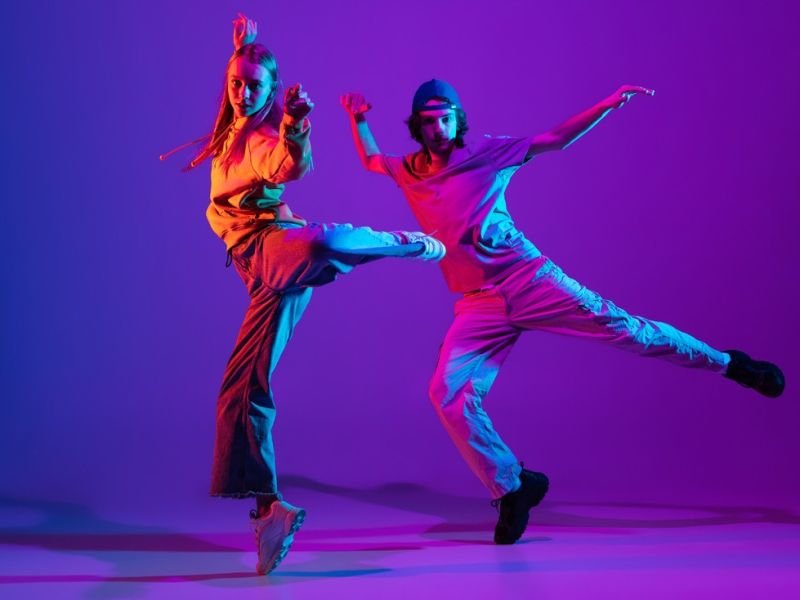The Beauty of Contemporary Dance
Contemporary dance is a captivating art form that enthralls audiences with its blend of movement and grace. It is a genre of dance that emerged during the mid-twentieth century and has since become one of the dominant styles globally, particularly in the United States. Unlike traditional dance forms, contemporary dance embraces freedom of expression, allowing dancers to explore their artistic voices and push the boundaries of movement.

The Wide Range of Dance Styles
One of the remarkable aspects of contemporary dance is its versatility and inclusivity. It encompasses a wide range of dance styles, including ballet, jazz, modern dance, hip-hop, and more. This diversity allows dancers to blend different techniques and create unique choreographic expressions. Whether it’s the elegance of ballet or the energy of hip-hop, contemporary dance offers a platform for dancers to experiment and find their own style.
Mastering the Technical Aspects
Contemporary dance requires a strong foundation in technical skills. Dancers must possess a solid understanding of body alignment, balance, flexibility, and control. Through rigorous training and practice, they develop the physical strength and stamina necessary to execute complex movements with precision. Competes, a platform for contemporary dance enthusiasts, aims to help dancers master these technical aspects through educational resources, tutorials, and expert guidance.
Exploring Choreographic Approaches
Contemporary dance encourages dancers to explore various choreographic approaches. It pushes the boundaries of traditional dance forms and encourages innovative techniques and movements. Dancers have the freedom to experiment with improvisation, floor work, partnering, and non-linear narratives. This artistic flexibility allows for endless possibilities and the creation of thought-provoking performances that resonate with audiences.
Expressing Artistic Voices
Contemporary dance provides a platform for dancers to express their artistic voices and share their unique perspectives. It encourages individuality and self-expression, allowing dancers to convey emotions, stories, and concepts through movement. Dancers can use contemporary dance as a medium to address social issues, make political statements, or explore personal experiences. It is a powerful tool for self-discovery and creative expression.
Mesmerizing Performances by Talented Dancers
Audiences are captivated by the mesmerizing performances of talented contemporary dancers. These dancers possess exceptional technical skills and artistic sensibilities. They bring a unique blend of athleticism, grace, and emotional depth to their performances, leaving spectators in awe. competes.tv showcases these extraordinary performances, providing a platform for dancers to share their talent, gain recognition, and connect with a global audience.
Renowned Dance Companies
Contemporary dance is not limited to individual dancers. Renowned dance companies play a significant role in shaping the contemporary dance landscape. These companies employ highly skilled dancers, collaborate with choreographers, and produce breathtaking performances. Their contributions to the art form inspire and influence aspiring dancers worldwide. competes.tv features performances by renowned dance companies, offering viewers the opportunity to witness their brilliance.
Connecting with the Contemporary Dance Community
competes.tv goes beyond showcasing performances. It also aims to connect contemporary dance enthusiasts with the vibrant dance community. The platform provides a space for users to discover dance schools, companies, and events. It facilitates networking and collaboration among dancers, choreographers, and dance enthusiasts. Through competes.tv, individuals passionate about contemporary dance can find a supportive community that shares their love for the art form.
Conclusion
Contemporary dance is a captivating art form that enthralls audiences with its blend of movement and grace. It offers dancers the freedom to explore their artistic voices, experiment with various styles, and push the boundaries of movement. Through platforms like competes.tv, dancers can showcase their talent, connect with the global dance community, and gain recognition for their unique contributions. Contemporary dance continues to evolve and inspire, captivating both performers and spectators alike.

